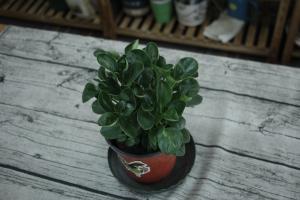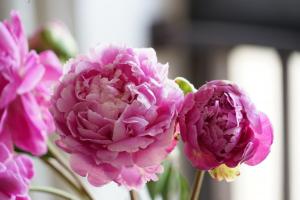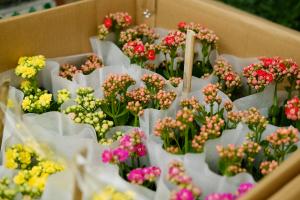Introduction
Native plants are becoming increasingly popular in gardening and landscaping, as they are well-suited to the local climate and require less maintenance. However, one question that often arises when it comes to native plants is how much water they need. In this article, we will explore the water requirements of native plants and provide some tips for watering them effectively.
Understanding Native Plants
Before we discuss the water requirements of native plants, it is important to understand the characteristics of these plants. Native plants are species that have evolved and adapted to a particular region over many years. As a result, they are well-adapted to the local climate and soil conditions, and require less water and nutrients than many imported plants. Native plants typically have deep root systems that allow them to access water deep in the soil, and are able to survive periods of drought.
Factors Affecting Water Requirements
Although native plants generally require less water than non-native plants, the amount of water they need can still vary depending on a number of factors. These factors include:
The species of plant
The age and maturity of the plant
The soil type and condition
The amount of sunlight and wind exposure
The season and climate
It is important to take these factors into account when determining how much water to provide to your native plants.
Watering Guidelines for Native Plants
While the water requirements of native plants can vary depending on the factors mentioned above, there are some general guidelines you can follow when watering them:
Water deeply and infrequently - this encourages the plant's roots to grow deeply, which makes them more resistant to drought.
Water in the early morning or late evening - this helps to reduce water loss through evaporation, and allows the plant to absorb the water before the heat of the day.
Avoid overwatering - this can lead to problems such as root rot or other fungal diseases. Native plants are often adapted to periods of drought, so it is important not to water them too frequently.
Use mulch - adding a layer of organic mulch, such as wood chips or leaves, around your plants can help to retain soil moisture and reduce water loss through evaporation.
Conclusion
In conclusion, native plants are well-adapted to the local climate and require less water than many imported plants. However, the amount of water they need can still vary depending on a number of factors, so it is important to take these into account when determining how much to water your plants. By following some general watering guidelines and using techniques such as mulching, you can help your native plants thrive with minimal water usage.

 how many times do yo...
how many times do yo... how many planted tre...
how many planted tre... how many pine trees ...
how many pine trees ... how many pecan trees...
how many pecan trees... how many plants comp...
how many plants comp... how many plants can ...
how many plants can ... how many plants and ...
how many plants and ... how many pepper plan...
how many pepper plan...






























